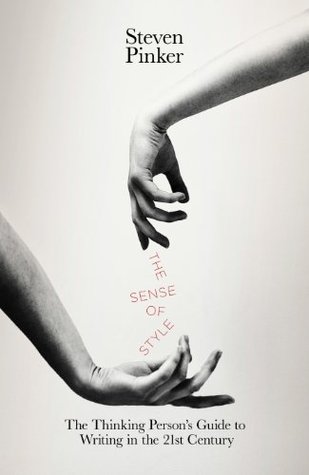More on this book
Community
Kindle Notes & Highlights
A famous piece of advice from this school crosses the line from the grim to the infanticidal: “Whenever you feel an impulse to perpetrate a piece of exceptionally fine writing, obey it—wholeheartedly—and delete it before sending your manuscript to press. Murder your darlings.”
We are going to die, and that makes us the lucky ones. Good writing starts strong. Not with a cliché (“Since the dawn of time”), not with a banality (“Recently, scholars have been increasingly concerned with the question of …”), but with a contentful observation that provokes curiosity.
Fresh wording and concrete images force us to keep updating the virtual reality display in our minds.
Good writing finishes strong.
The authors of the four passages share a number of practices: an insistence on fresh wording and concrete imagery over familiar verbiage and abstract summary; an attention to the readers’ vantage point and the target of their gaze; the judicious placement of an uncommon word or idiom against a backdrop of simple nouns and verbs; the use of parallel syntax; the occasional planned surprise; the presentation of a telling detail that obviates an explicit pronouncement; the use of meter and sound that resonate with the meaning and mood
They write as if they have something important to say. But no, that doesn’t capture it. They write as if they have something important to show.


